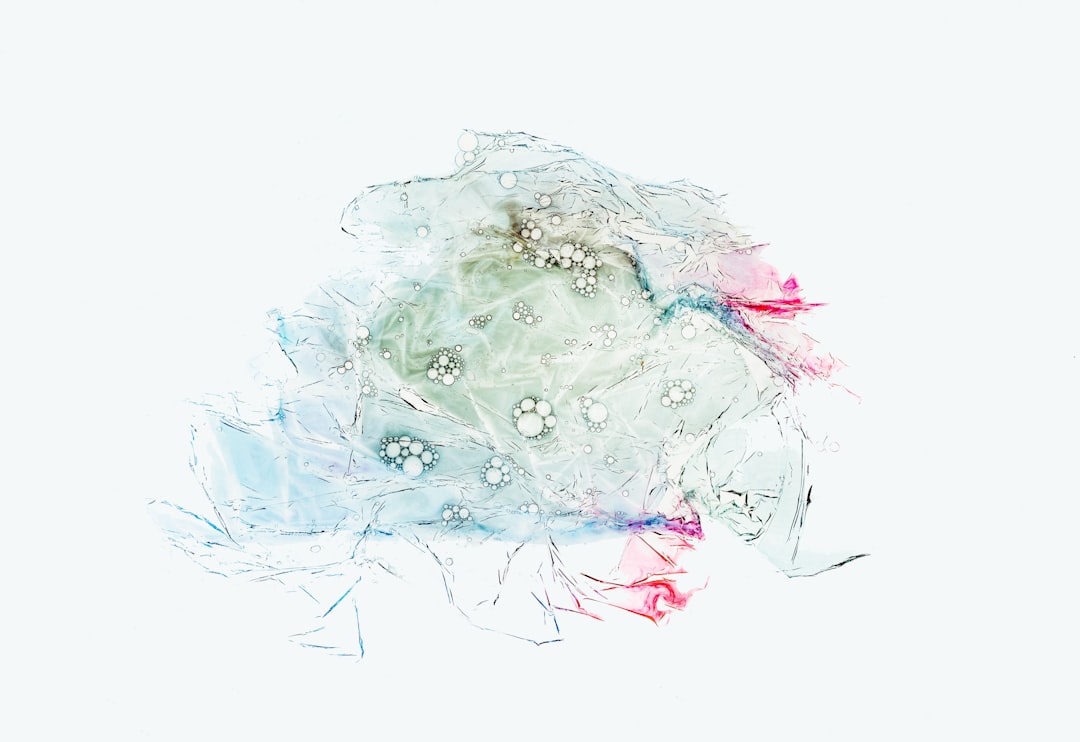What is it about?
NTRK (neurotrophic tyrosine receptor kinase) gene fusions could generate NTRK fusion proteins. These NTRK fusion oncoproteins could lead to tumorigenesis. Here we revealed NTRK fusion oncoproteins could condensed into droplets in cells to hyper-activate downstream signaling pathways which may lead to oncogenesis.
Featured Image

Photo by Anna Sushok on Unsplash
Why is it important?
NTRK fusion proteins exhibit sustained kinase activity and have been identified as oncogenic drivers in various cancers. They are found with a high percentage, exceeding 85%, in secretory breast carcinoma, mammary analogue secretory carcinoma (MASC), and infantile fibrosarcoma. Additionally, they have been identified in common cancer types like breast cancer, lung cancer, and colorectal cancer. Due to their broad oncogenic potential, Larotrectinib, an inhibitor targeting NTRK fusion proteins, became the world's first pan-cancer tumor inhibitor. The precise mechanism of oncogenic activation involving upstream fusion partners remains elusive. In this article, we revealed that liquid-liquid phase separation plays a crucial role in the overactivation of NTRK fusion oncoproteins. This discovery provides a theoretical basis for the development of small-molecule drugs targeting the liquid-liquid phase separation of NTRK fusion proteins.
Read the Original
This page is a summary of: Phase separation underlies signaling activation of oncogenic NTRK fusions, Proceedings of the National Academy of Sciences, October 2023, Proceedings of the National Academy of Sciences,
DOI: 10.1073/pnas.2219589120.
You can read the full text:
Contributors
The following have contributed to this page










